With temperatures hitting the triple-digits and the sun shining at full strength throughout Arizona, it can be difficult to stay cool in your RV when outside. But don’t despair: there are plenty of strategies you can use to beat the heat and keep your Recreational Vehicle as comfortable as possible. From proper insulation to solar screens and other techniques, this blog post will provide an overview of some of the best ways to keep your RV cool in Arizona.
Table of Contents
Climate peculiarities of Arizona
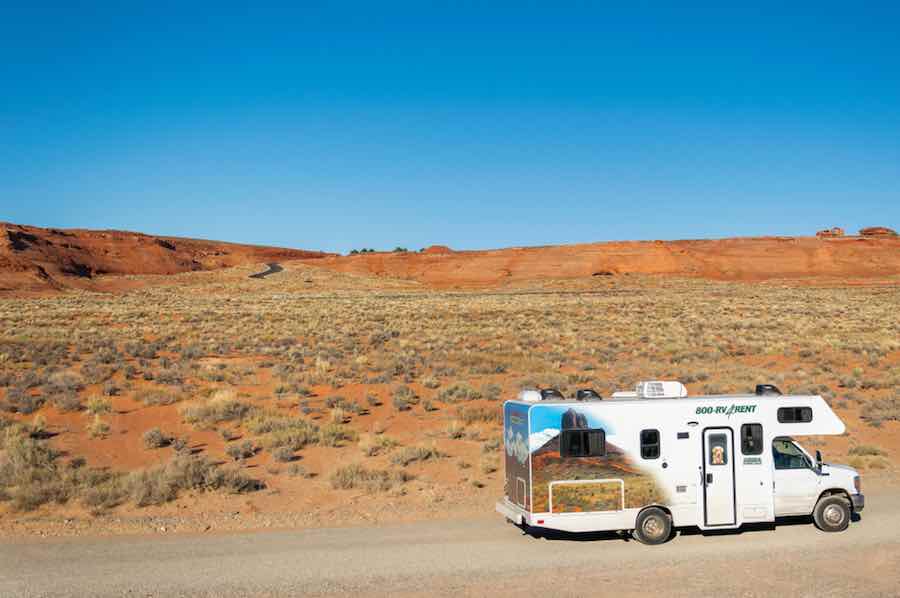
The northern part of the state generally sees more precipitation than the south, though still comparatively low. The southeastern corner of Arizona is part of a region known as the “Arizona Strip,” which is much drier than the rest of the state due to its location in a rain shadow created by mountain ranges to the east and west.
The most notable feature of the climate in Arizona is its monsoon season, which typically begins in late June and continues through early September. During this time, thunderstorms are quite common and may bring heavy rain and winds up to 60 miles per hour (97 kilometers per hour). As a result, flash flooding can be a major hazard this time.
Finally, Arizona is susceptible to wildfires due to its warm and dry climate. The most destructive fires in state history occurred during the summer of 2002, when over 750,000 acres (304,400 hectares) were burned across the state. Since then, various fire prevention measures have been put into place in order to protect the state’s forests and homes from future destruction.
Overall, Arizona’s climate is highly variable depending on elevation and location, with a number of factors that make it unique among other states in the US. With its combination of hot summers, cool winters, monsoons, dust storms, and wildfires, it can be both beautiful and dangerous at times. It is important to be aware of the risks and plan accordingly when traveling through Arizona [1].
Tricks on How to Keep RV Cool in Summer in Arisona
Relocate your RV or change the orientation
The summer in Arizona can be brutal, even for the most seasoned RVer. But with some creative techniques and tips, you can make sure that your RV stays cool during hot days.
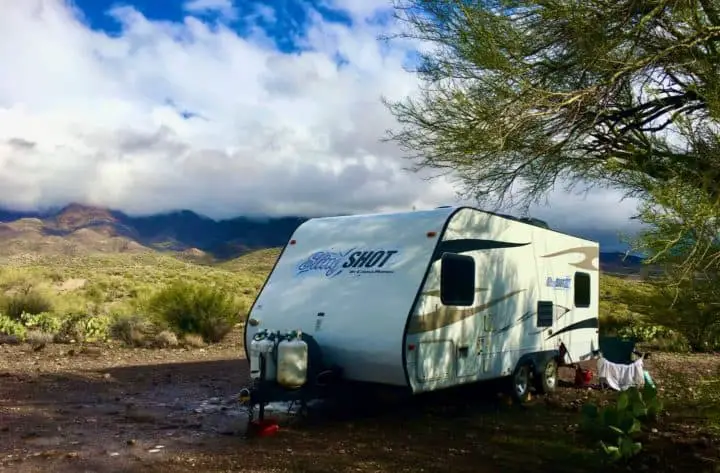
One of the best tricks to keep your RV cool is to relocate it away from direct sunlight. If possible, park the RV in a shady spot or an area that doesn’t get direct sunlight. If it isn’t possible, you can also try to change the orientation of the RV so that the sun isn’t hitting it directly. This will help keep your RV cooler during those hot summer days.
Install Reflective Window Covers and Awnings
Another great way to keep your RV cool during the summer in Arizona is to install reflective window covers and awnings. This will help to reflect the sun’s rays away from your RV, which in turn will keep it cooler. You can also purchase special window films that are designed for RV’s, which can be even more effective than traditional window shades or covers.
Install Roof Vent Covers for Better Air Circulation
Installing roof vent covers is also a great way to keep your RV cool in the summer. The vents will help to circulate air throughout the RV and provide extra ventilation, which can help keep it cool even when temperatures are high. It’s important to make sure that you buy the right size of vent cover so that it fits properly, as this will ensure that it functions as intended.
Keep the Doors and Windows Closed During the Day
If you’re not using your RV during the day, it’s a good idea to keep all of the doors and windows closed. This will help to block out some of the heat from outside and keep your RV cooler for when you do need it. It’s also important to make sure that you close all of the vents when not in use as well, as this will help keep the air from escaping and allow the air conditioning to work more effectively.
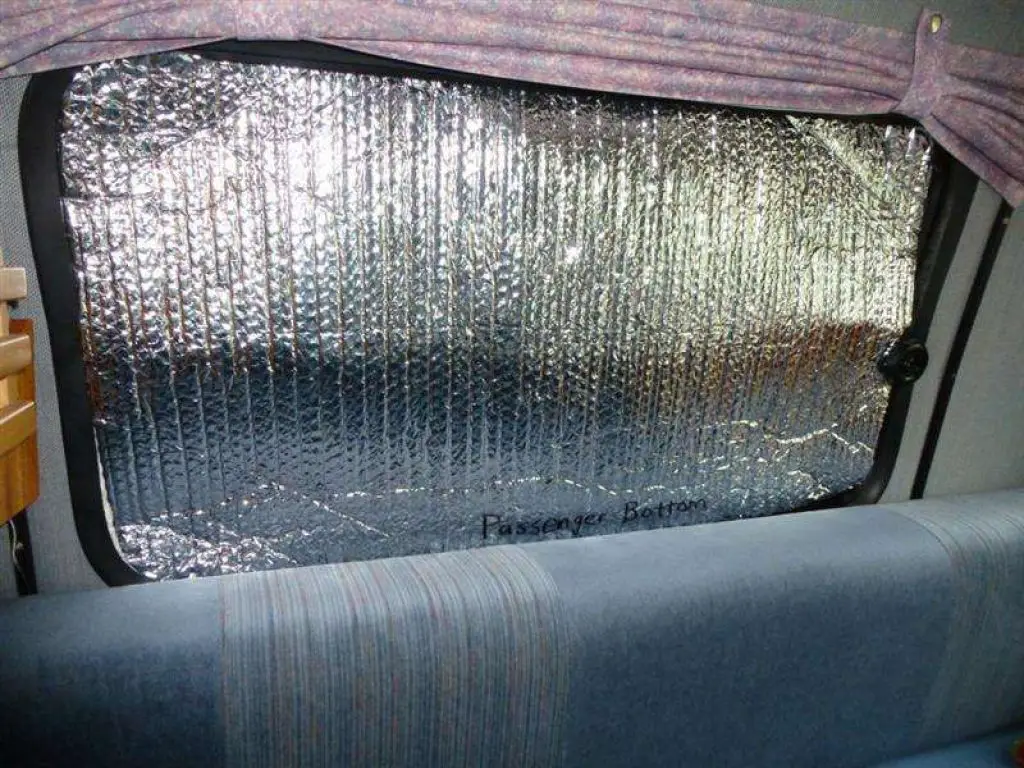
Set Your RV’s Thermostat Higher During Hotter Times
It’s also a good idea to set your RV’s thermostat higher during the hotter times of the day. This will help to keep your RV cooler since it won’t have to work as hard to cool down a smaller space. You can also try using fans or air purifiers to circulate air more efficiently, which can help keep your RV feeling cooler even when temperatures are high.
Use a Portable A/C Unit
If all else fails, you can always buy a portable A/C unit to help keep your RV cool during the summer months in Arizona. These units are relatively inexpensive and easy to install, so they’re a great option if other methods aren’t working. Just make sure that you get one with enough power for your RV’s size and remember to turn it off if you’re not using it to save energy.
Use Shades to Prevent Heat Gain
If you’re not able to move your RV or install reflective window covers, you can always use shades or blinds to prevent heat gain. This will help by blocking out some of the sun’s rays and keeping it cooler inside your RV. It’s important to make sure that the shades fit properly in order for them to work effectively, so you may want to get them professionally installed.
Invest in a Shade Structure or Canopy
Another great way to keep your RV cool during summer is to invest in a shade structure or canopy. These structures are designed to provide shade and block out direct sunlight, which can help keep your RV cool in the summer months. They’re relatively easy to install and require minimal maintenance, so they can be a great investment for anyone who loves to camp in Arizona during the summertime.
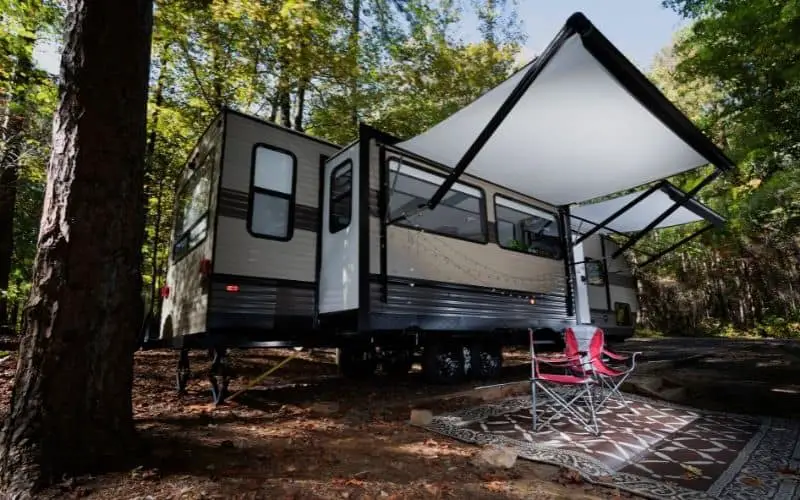
Swap Incandescent Light Bulbs for LED Bulbs
It’s also a good idea to swap out incandescent light bulbs for LED bulbs, as they use less energy and produce less heat. This will help to keep your RV cooler during the summer months, since it won’t have to work as hard to cool down a hot space. LEDs are also much more efficient than incandescent bulbs, which means that you’ll be able to save money on your energy bills as well.
Insulate the RV’s Roof and Walls
It’s also a good idea to insulate the RV’s roof and walls in order to keep it cooler during the summer months. This will help to block out some of the heat from outside and keep it cool inside. Make sure to use the right type of insulation material for your RV, as this will ensure that it functions properly and provides the best results.
Use fans to circulate air around the RV
Finally, it’s a good idea to use fans or air purifiers to circulate air around the RV. This will help to keep the air moving and provide extra ventilation, which can help keep your RV cool even when temperatures are high. Make sure that you buy the right size of fan so that it fits properly in your RV, as this will ensure that it functions as intended [2].
How to choose and use evaporative coolers for your RV?
When it comes to choosing and using evaporative coolers for your RV, there are a few important things to consider. First, it is important to determine the size of the unit. Smaller units will be more energy efficient but may not provide enough cooling power for larger spaces. It is also important to know what type of climate you will be traveling in; this will help determine the type of evaporative cooler that is best suited for your needs.
When it comes to installation, it is important to make sure that the unit is securely mounted in a way that prevents it from moving or dislodging. Proper installation will also ensure better air circulation and cooling efficiency. Additionally, check whether your RV has any specific requirements for installing an evaporative cooler, as they may require different mounting hardware or other specialized components.
Once your evaporative cooler is installed, it is important to use and maintain it properly. This includes changing the filter regularly and checking the water levels in the tank. Additionally, if you are traveling in humid climates, you should make sure to empty the tank often to prevent bacteria from accumulating. Finally, always use fresh water in your evaporative cooler and use it only when necessary to maximize its efficiency. Following these simple steps will ensure that your evaporative cooler is operating at maximum efficiency and providing you with the best cooling possible for your RV.
Finally, don’t forget to keep an eye out for any potential problems with your evaporative cooler. Keep an eye out for any signs of rust or other corrosion that could indicate a leak, and be sure to check the unit regularly for any signs of wear and tear. Additionally, if you notice any strange noises or smells coming from your cooler, it is important to have it inspected by a professional as soon as possible. By taking these precautions, you can ensure that your evaporative cooler will provide you with years of reliable cooling [3].
FAQ
How do I keep my RV cool in the heat?
One of the best ways to keep your RV cool in hot weather is to invest in a good air-conditioning system. Air conditioning helps regulate interior temperatures and can even dehumidify the air inside an RV. If you’re looking for something more energy-efficient or cost-effective, there are also other cooling options available.
Some RVs come with built-in ceiling fans or vents that can provide a steady stream of air, while portable fans and evaporative coolers are great for spot cooling. Keeping windows closed during the day and open at night is another way to help cool down your RV interior. Finally, reflective window shades can reduce solar heat gain and keep your RV cooler in hotter climates. Taking these steps will help you stay comfortable and enjoy life on the road.
Can I install solar panels on my RV?
Yes! Installing a solar power system can help you take advantage of free energy from the sun while you’re out on the road. Solar panel systems range in size, cost, and complexity, so it’s important to do your research before investing.
Most solar panel systems are designed to charge a deep cycle RV battery, which can power various electrical items in your RV. To get started, you’ll need to purchase the right number and type of panels for your RV. You may also need an off-grid inverter, mounting hardware, connectors and wiring, and a charge controller. Installing solar panels on your RV is a great way to become energy independent and reduce your reliance on shore power or generators.
##How can I keep my RV cool without AC?
If you don’t have an air conditioning system in your RV, there are still some ways to keep cool. Using awnings to block direct sunlight from entering the windows is one way to reduce temperatures inside. Reflective window shades and blinds can also be used to reflect away radiant heat from the sun’s rays.
How do I insulate my RV for summer?
Insulating your RV can help reduce heat buildup during the summer months. Consider using reflective skirting around the exterior of your RV, or adding insulation to windows and doors. You can also install foam insulation along the walls and floor, or use spray foam insulation in hard-to-reach areas. These steps will help keep cool air inside your RV during hot weather.
What is the best portable air conditioner for an RV?
When it comes to portable air conditioners, the best option depends on your RV’s size and layout. A good rule of thumb is to look for an air conditioner with a higher BTU rating than your RV’s square footage. Other important features to consider include noise level, energy efficiency ratings, weight and portability. It’s also a good idea to make sure the portable air conditioner will fit through your RV’s door. With these factors in mind, you should be able to find the best portable air conditioner for your RV.
Useful Video: How to Keep Your RV Cool in Summer | 15 Tips to Cool Your RV in Hot Weather
Conclusion Paragraph
Keeping RV cool in Arizona can be a challenge, but with the right products and techniques, it is possible. Using shade and RV blinds to keep out direct sunlight, installing extra insulation in the walls of the trailer or motorhome, and using window covers designed to prevent sun from entering through windows are all effective methods for keeping an RV cooler. Additionally, good ventilation along with fans that circulate air help to keep the temperature inside the RV lower. With these strategies in place, it is possible to keep your RV comfortable and cool even on the hottest days of summer.
References:
- https://study.com/academy/lesson/climate-physical-features-of-arizona.html
- https://adamandceline.com/17-easy-and-affordable-tips-to-keep-your-rv-cool-this-summer/
- https://www.evapoler.com/how-to-choose-evaporative-cooler/

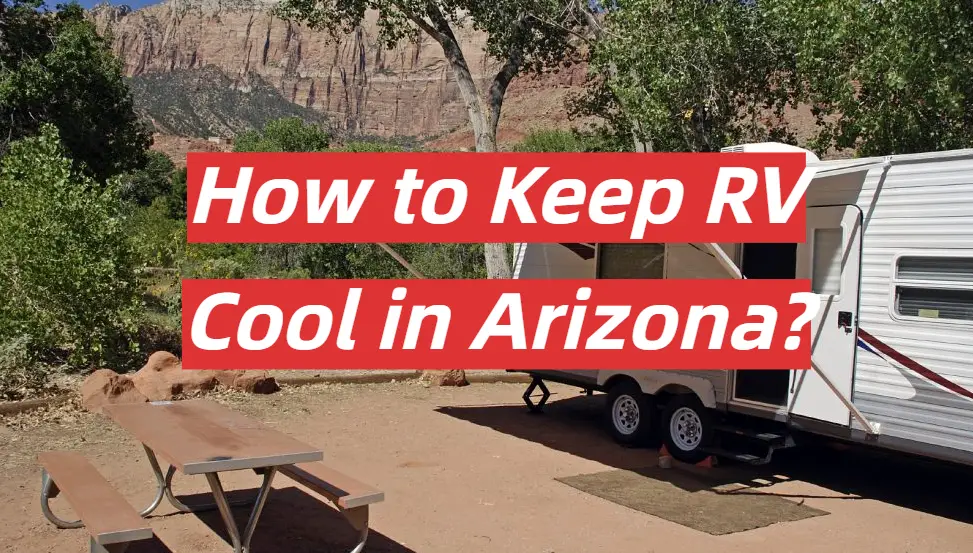
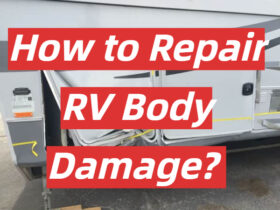
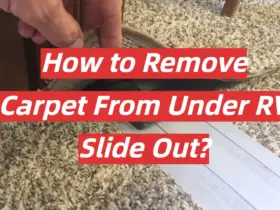
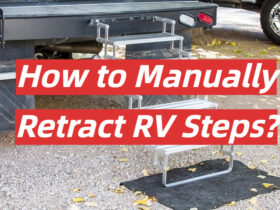
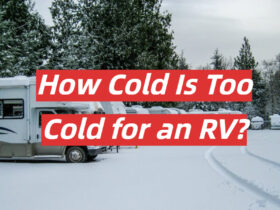
Leave a Reply